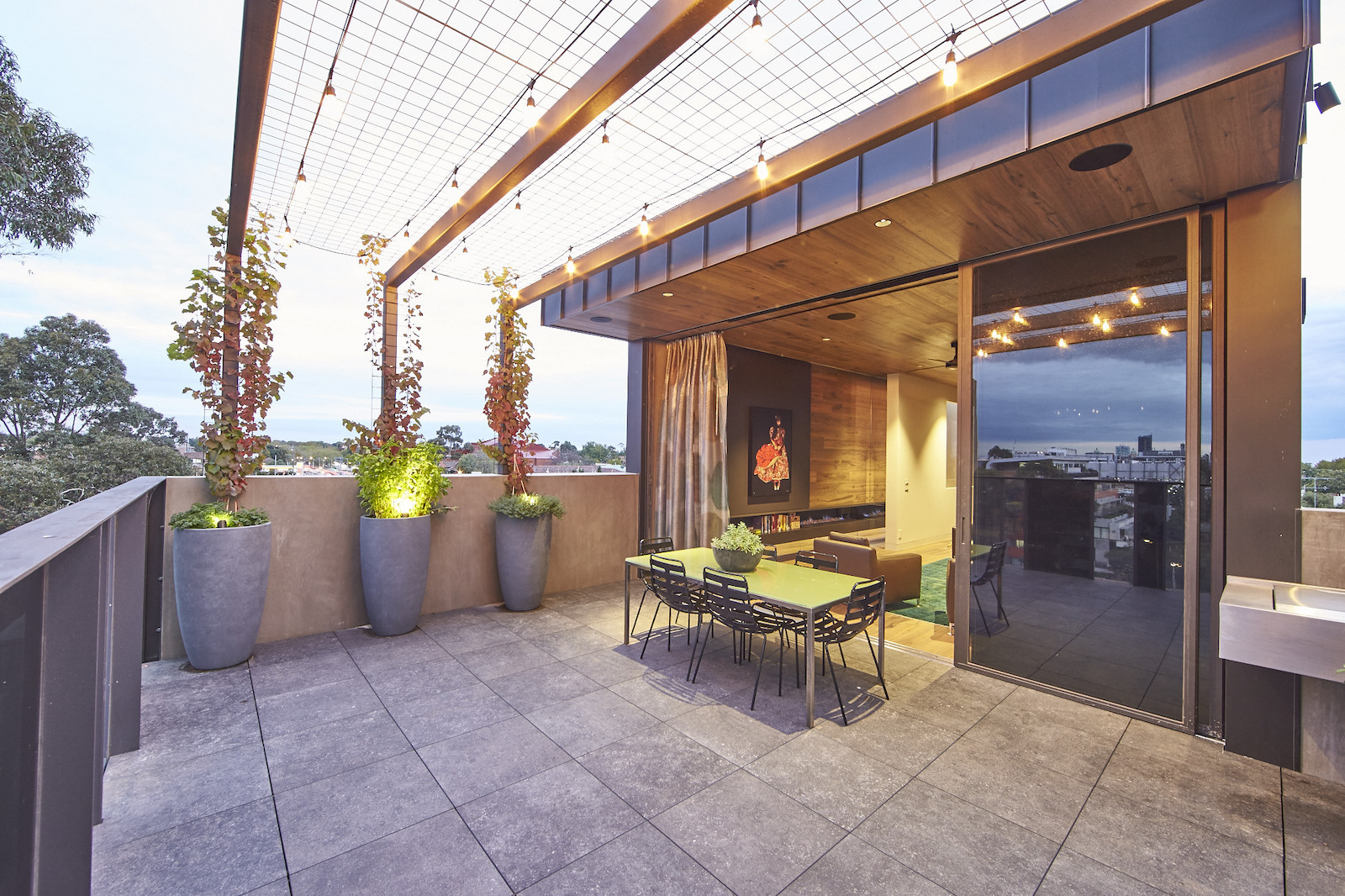Table of Content
Equity accounted for 26 percent of builders’ assets in 2006, and in 2014 that number jumped to 33 percent. Builders’ balance sheets were larger in 2020 than at any time since 2006. Assets gained some ground and fluctuated over the next few years, before reaching $9.4 million in 2020 – the highest point since 2006 . For example, carpet may be installed in all of the homes in this group on the same week.

The average net profit for a home builder in the United States is approximately $100,000. The profit ranges from one to ten percent, depending on a variety of factors, but overhead accounts for roughly ten percent of net profit. Some home builders have been in business for generations, navigating changes in financing, home designs, and recessions, and they keep turning out incredible work. Home buyers tend to upgrade their new homes, and after kitchen cabinets, floor coverings are often upgraded next.
What’s the Average Profit Margin of Single-family Builders?
Potential clients can have misconceptions about builder profits, especially when they see a developer driving a hundred thousand dollar truck. The reality is that builder profits are as variable as the locations they build in. To increase profits in a sustainable way, the builder must maximize every opportunity in their market. Keep reading to explore some common stages of the normal construction process and which stages tend to be profit centers for residential home builders.

Tracking shipments, lumber prices, and personnel can be a nightmare unless some form of construction management software is used. In the construction world, the best home builders can make money regardless of the state of the building industry. For example, when demand is low, like just after the financial crisis of 2008, home prices fell steeply, so custom home builders just did more remodeling. When clients can’t afford a new home, they often turn to upgrading the home they already live in. According to the National Association of Home Builder’s Cost of Doing Business Study, the net profits for the average builder in 2020 fell to about 7%.
Markup vs. Profit Margin
Some home builders will also hire the framing subcontractor to install the windows and doors. Doors and windows provide better profit margins for home builders because they often are sold in quantity and can be quite elaborate. Projects requiring sophisticated skills to install, like windows and doors, tend to offer profit margins in the 25% range for the custom home builder. To be clear, these profit margins are averages, and not category specific. Some custom home builders saw higher than average profits while others experienced a down trend. Housing markets tend to be local, so some builders benefited more than others.

In cases where the home builder makes a lump sum payment and pays the rest to the contractor after completion, the contractor takes the drawdown from the bank itself. Below is a table that shows what an average home builder can expect in terms of the closing price and net profits, broken down by state. When building a new home, the builder pays taxes in the form of sales tax when buying their materials. In this article, we will detail all the added costs that come along with building a home.
Site Preparation Profit Margin: 15% - 25%
There is a lot of hassle involved in the process, which is basically what you would have been paying the contractor for if you let them procure the material. Charge too little, and you have no room for error when paying all of your expenses. Whether it's a big-screen smart TV or a home theater surround system, electronics quickly depreciate, and their values are all over the board. Shop for your own, and you may find models costing thousands less than the builder's inflated value. The builder may advertise "Free Cruise to Tahiti Worth $10,000." Verify the cost of that cruise through other travel agencies. Moreover, ask yourself if you would otherwise buy a Tahitian cruise.

As a result of this, profits for customer home builders have increased significantly. Despite the fact that this model has worked for a long time, labor and supply shortages are threatening its future. However, as a general guide, a good profit margin for a builder is typically around 10-15%. A home builder and a home contractor are both businesses that require money to run. Profit is generated for a professional home builder in a variety of ways. The builder is paid a fixed amount for constructing a home on a predetermined budget.
Generally, the more skill required to perform the work, the more the home builder will have to pay subcontractors to perform the job. It is estimated that residential builders make between 18 and 20% of their gross profits from each home. The net profit ranges between 6 and 9% when all direct and indirect costs are taken into account. There are several factors to consider, such as the location, duration, and proximity to resources, that can have an impact on profitability. In this case, the gross profit per house is $94,254, but all of the additional costs, including taxes, are taken out of the equation, resulting in a net profit of $44,883.
Of that amount, $6.2 million was backed up by liabilities (67.4% of all assets) and $3.0 million was held as equity (32.6%). These are custom options that involve drawing a plan, estimating quantities, bidding, and sometimes include hard finding expensive products. All these changes can be very time consuming and can be difficult to estimate accurately, and they can involve products that may be hard to get and are easily damaged or stolen.
A volume home builder‘s typical margin is the difference between the selling price of a home and the cost to build it. Overhead costs include the cost of land, labor, materials, and marketing. The builder’s profit is used to cover the company’s overhead and to provide a return for the shareholders. This means that for every $100,000 in sales, the company would expect to make a profit of $10,000 to $15,000. Each stage of a new home construction project will have different profit margins, but on average, most home builders will earn between 10%-20% gross profit. Some stages will be physically larger, but less profitable, while others may seem unusually expensive.
Contractor markup includes all direct, indirect, fixed, or variable costs spent while on a job. It includes labor, administrative fees, transportation, overhead, and profit. This is how you’ll calculate how much to charge for your work to earn a desired net profit.
On the other hand, speculative builders’ net profit averaged 5.9 percent. In addition, small-volume builders earn about 5 percent on average, while their larger colleagues, aka production builders, earn 6.8 percent. At an average of around a 20 percent gross profit margin, a home builder can expect to make about 200,000 dollars on a million-dollar home. When it comes to profit margins for subcontractors and general contractors, they generally come out to be the same. So, for this reason, there is usually just a single contracting party involved when building a new construction home. Generally speaking, a home builder earns somewhere about $20,000 profit for every house that they build and sell.
I think they do just eyeball it somewhat, and throw in 15-20% on top of that, and figure they'll ultimately get close to 15% or so, averaged out. That depends on your definition of a ‘luxury home’, but the average high-end home builder makes around $100,000 dollars per year. A quality home life is essential to all of us, so I wanted to build this blog to help others improve their houses. Determine whether Profit Builders grew or shrank during the last recession. This is useful in estimating the financial strength and credit risk of the company. Compare how recession-proof Profit Builders is relative to the industry overall.

No comments:
Post a Comment